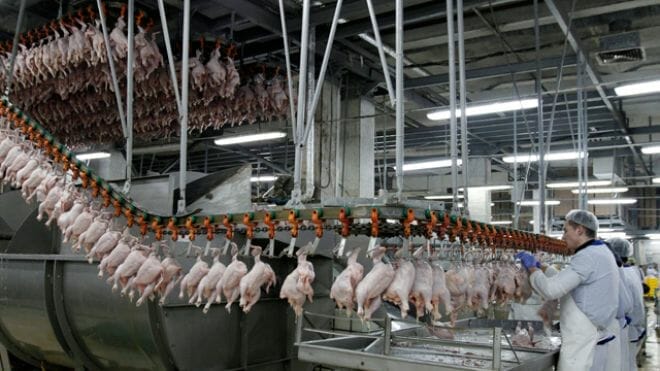Every employer in Washington State is required to create and follow its own written Chemical Hazard Communication Program (HazCom) when employees work with or are around hazardous chemicals. The Washington State Department of Labor & Industries offers free Consultation assistance for employers that need more help building a HazCom program.
Globally Harmonized System for Hazard Communication (Chapter 296-901, WAC) was among top-10 most frequently cited rules for all businesses in 2019. See the others on the “Top-10 Rule Violations” page.
Learn the basics about chemical safety and educate your workers to avoid injuries and illness from chemical hazards. Sample program templates are available in English and Spanish:
OSHA Chemical Safety Standards
In order to ensure chemical safety in the workplace, information about the identities and hazards of the chemicals must be available and understandable to workers. OSHA’s Hazard Communication Standard (HCS) requires the development and dissemination of such information:
Chemical manufacturers and importers are required to evaluate the hazards of the chemicals they produce or import, and prepare labels and safety data sheets to convey the hazard information to their downstream customers;
All employers with hazardous chemicals in their workplaces must have labels and safety data sheets for their exposed workers, and train them to handle the chemicals appropriately. The training for employees must also include information on the hazards of the chemicals in their work area and the measures to be used to protect themselves.
For more information see OSHA’s Hazard Communication page.
More Information on Chemicals in the Workplace
The OSHA Occupational Chemical Database compiles information from several government agencies and organizations. Information available on the pages includes chemical identification and physical properties, exposure limits, sampling information, and additional resources.
The NIOSH Pocket Guide to Chemical Hazards contains information on several hundred chemicals commonly found in the workplace; The Environmental Protection Agency’s (EPA’s) Toxic Substance Control Act (TSCA) Chemical Substances Inventory lists information on more than 62,000 chemicals or chemical substances; EPA’s ChemView provides information on test data and assessments; some libraries maintain files of material safety data sheets (MSDS) for more than 100,000 substances.



